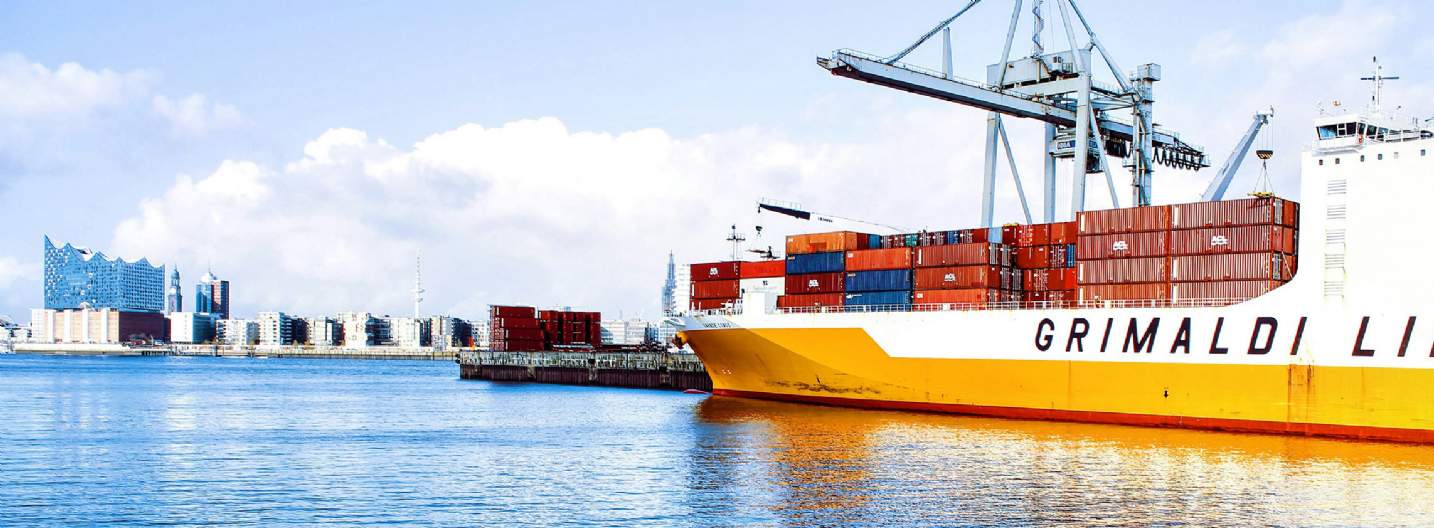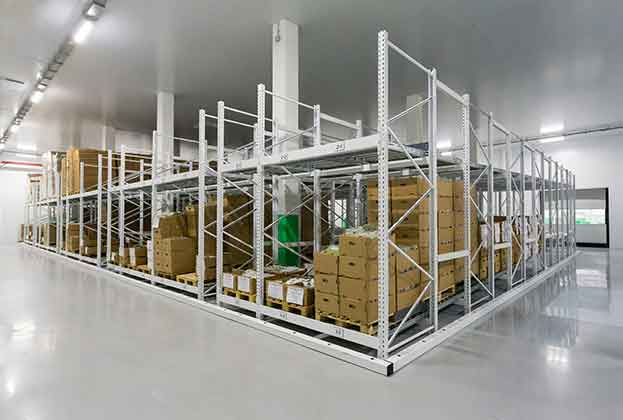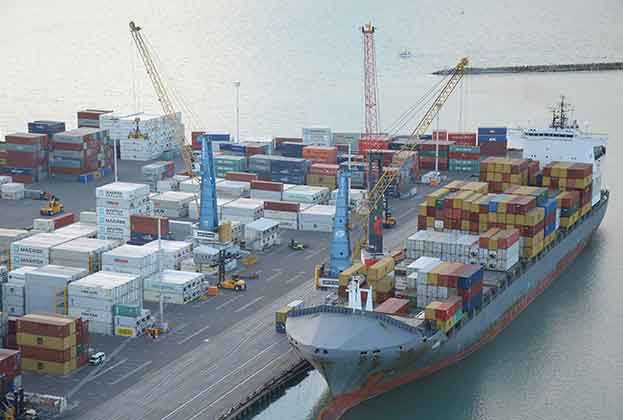The investment market appears to be thawing
Investment in the first quarter of 2024 hit its highest level since 2022, totalling €8.2bn. This was an increase of 17% compared to the previous quarter and was 36% higher than one year earlier. This demonstrates a continued recovery since investment volumes hit their nadir in Q1 2023. Considering that when market conditions declined, in 2022, the investment market saw a much steeper fall in investment volumes compared to occupier take-up, as such, we may now see investment volumes lead the way in the current recovery.
Time-based comparisons in some markets have been highly volatile this quarter due to large one-off deals and base effects from Q1 2023, when the market bottomed out. Norway has seen quarterly growth of 179%, but this is comparing the €48m invested in Q1 2023 to €429m in Q1 2024, which is actually only 3% higher than the five-year average. Belgium has seen a record quarter for investment totalling €908m, driven by TPG’s acquisition of Intervest REIT, with logistics assets accounting for €760m of the €1.07bn deal.
Beyond Belgium and Norway, the largest increases in annual terms have been in Denmark (+134%), Germany (+120%) and France (+114%). The markets seeing the greatest decreases were Ireland (-93%), the Czech Republic (-80%) and Poland (-66%). Most markets continue to underperform compared to their five-year average, with the exception of Italy, which is 8% higher than its five-year average. The weakest markets by this metric were Ireland (-90%), Spain (-68%) and the Czech Republic and Poland, both of which were 67% below their five-year average.
Despite continued sluggishness in the investment market, it is important to consider the logistics market in the context of the commercial real estate market. While logistics has seen investment volumes rise by 36% since Q1 2023, the other core commercial real estate sectors have continued to struggle, with office investment declining by 33% and retail investment declining by 16% YoY.
In terms of investment share, the industrial and logistics sectors accounted for 27% of investment in the first quarter of the year. The sector's share of investment has more than doubled since 2019, while the office sector's share has fallen by 50% over the same period. This reflects investors' redistribution of asset allocations over the last five years in favour of logistics assets.
There are now clear signs that the upward pressure on prime yields is abating, with average prime yields in Europe only increasing by 5 bps in Q1 2024. This is the slowest rate of increase in the past eight quarters, with an average increase of 18 bps per quarter since Q1 2021. The average yield across Europe is now 5.33%, an increase of 133 bps since Q1 2022.
The largest increases in yields this quarter were in Vienna (+40 bps), Paris (+25 bps) and Stockholm (+20 bps). The majority of markets saw their yields remain stable in Q1 2023. Over the last year, the largest increases have been in Oslo (+85 bps), Budapest (+75 bps), and Berlin and Frankfurt (+70 bps).
Looking ahead, we expect investment volumes in the first half of the year to remain muted. One of the key factors in the lack of investment transactions in the last two years has been the divergence in expectations between purchasers and vendors. With all eyes now turning to the June ECB monetary policy meeting, with markets pricing in a 50 bps cut to the base rate, it is unlikely that we will see any major narrowing of these expectations in Q2.
With that said, all signs now point to a recovery in the latter half of 2024. Falling interest rates should lead to a convergence in pricing expectations, and a lower cost of debt should bring more leveraged buyers back into the market. As the year progresses, interest rate cuts should improve sentiment and National, US presidential, and EU parliamentary elections provide greater clarity on the direction of policy over the next five years.
Data from Finex shows that institutional target allocations for real estate assets have remained stable since 2022, and there is plenty of dry powder waiting to be deployed globally. Investor sentiment will be the deciding factor for investment volumes in the second half of the year. There is plenty of existing capital and desire to buy, but in the last two years, there has been little impetus to sell.
The question then is who is where stock is likely to come from. In the last ten years, many investors prioritised exposure to the sector. This attitude is now giving way to a more considered approach to asset selection: focusing on asset quality and location. One risk here is that vendors choose not to bring high-quality assets to the market, which could push investors looking to gain exposure to the logistics market towards speculative development. This could harm the occupier market by driving inefficient development volumes and resulting in weaker rental growth.
Read the articles within European Logistics Opportunities below.


